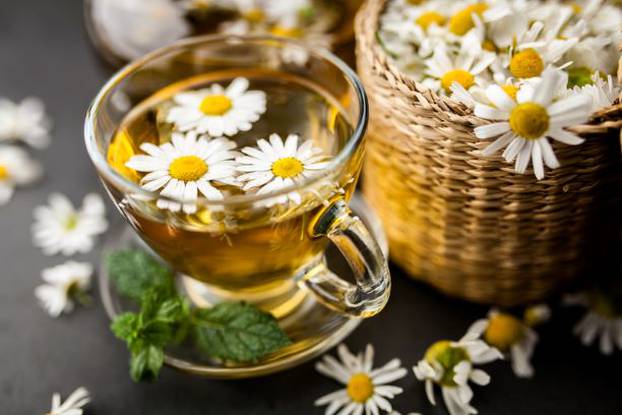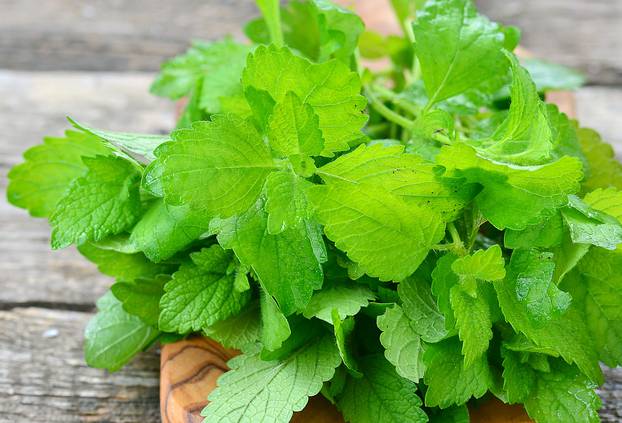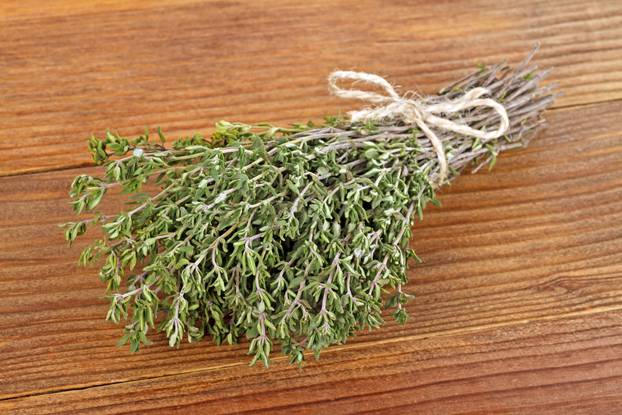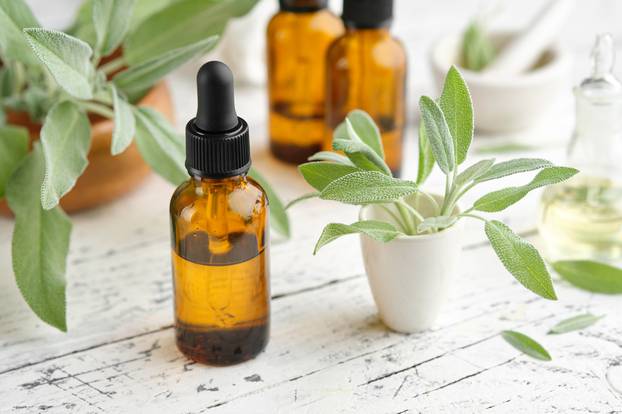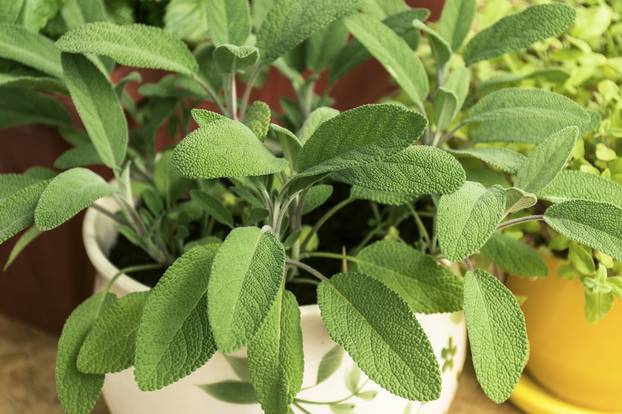5 medicinal plants to plant home – calm many problems

Certain plants have been used for centuries to treat and preserve health. It is good to know that you can grow some of them at home, in the garden or in a jar on the balcony.
Watch the video:
00:48
Sergei has launched a salvation project for the recovery of sick plants: ‘There are also a few months’
Chamomile
It is most commonly used to treat indigestion, but it is also a mild sedative, which means that it calms tension and helps with sleep problems.
It relieves cramps, is good for stomach pain, painful periods and gallbladder and intestinal colic in infants.
Chamomile essential oil has an anti -inflammatory effect on the mucous membranes, so inhaling with chamomile calms sinus and asthma inflammation.
It has anti-inflammatory, anti-spasmodic, antibacterial, antiviral and antifungal properties. Homemade tea will alleviate irritability, help sleep and relieve stomach pain.
Chamomile can grow on all types of soil, and it needs moderate climate and medium temperature.
Lemon balm
Like many fragrant plants, it has a calming effect and successfully affects the nervous system.
It is good for digestive disorders that are associated with anxiety and nervousness, and for irritable intestines and similar digestive problems, it is combined with gaves, chamomile and peppermint.
For gastritis and mild depression, it combines with Our Lady’s grass and other herbs. It helps lower high blood pressure as it stimulates circulation at the same time calming tension. Flower and leaves are used to prepare tea.
The lemon balm grows in mountainous areas, and it thrives best on light, dry soil, but the plant is resistant enough so it can be grown almost everywhere.
Thyme
Thymus vulgaris has been used for centuries throughout Europe as a spice for cooking, but its aromatic leaves are extremely medicinal.
Many believe that thyme and thyme are completely the same plants. But even though both are from the genus Thymus, the thyme is one plants – Thymus vulgaris, and the thyme of the other – Thymus Serpyllum.
The visible difference between thyme and thyme is that the thyme grows upright, and thyme goes on the ground. The main active ingredient of Timol is the essential oil of strong antiseptic properties that helps to alleviate cough, sore throat and is good at treating colds and flu.
Thyme strengthens immunity and has antimicrobial and astringent effects that help fight infections, including those oral cavities. You can use a thyme solution for grunting, drinking it as tea or can be crushed and used as a wound help.
Sage
Sage (Salvia officinalis) is another plant often used in aromatic dishes, and an elongated gray-green sage leaf is extremely easy to grow.
It is a medicinal plant that treats infections with its antibacterial and antifungal properties, and is similar to thyme because it has an antiseptic effect. Sage is of great benefit in the treatment of sore throat and the diseases of the upper respiratory tract.
Also, studies show that sage can be useful in improving mood and memory of adults, as well as providing a sense of calm.
Sage is a plant good for the treatment and mitigation of fever and night sweating, as it acts to regulate body temperature.
Peppermint
Mint facilitates gastric problems, including bloating, nausea, morning sickness and diarrhea. The active ingredient menthol cools the skin and acts like an current analgesics.
In people suffering from indigestion, including irritable intestine syndrome, mint leaves can help alleviate bloating, pain and discomfort. The leaves will prevent nausea and vomiting and stimulate a sense of calm.
There are several types of mint, but most often it is grown and used peppermint. It can grow in a jar, and it grows best with light soils, slightly acidic and neutral. Sun positions suit her, but she works well and in semi -shaded and is resistant to cold.

